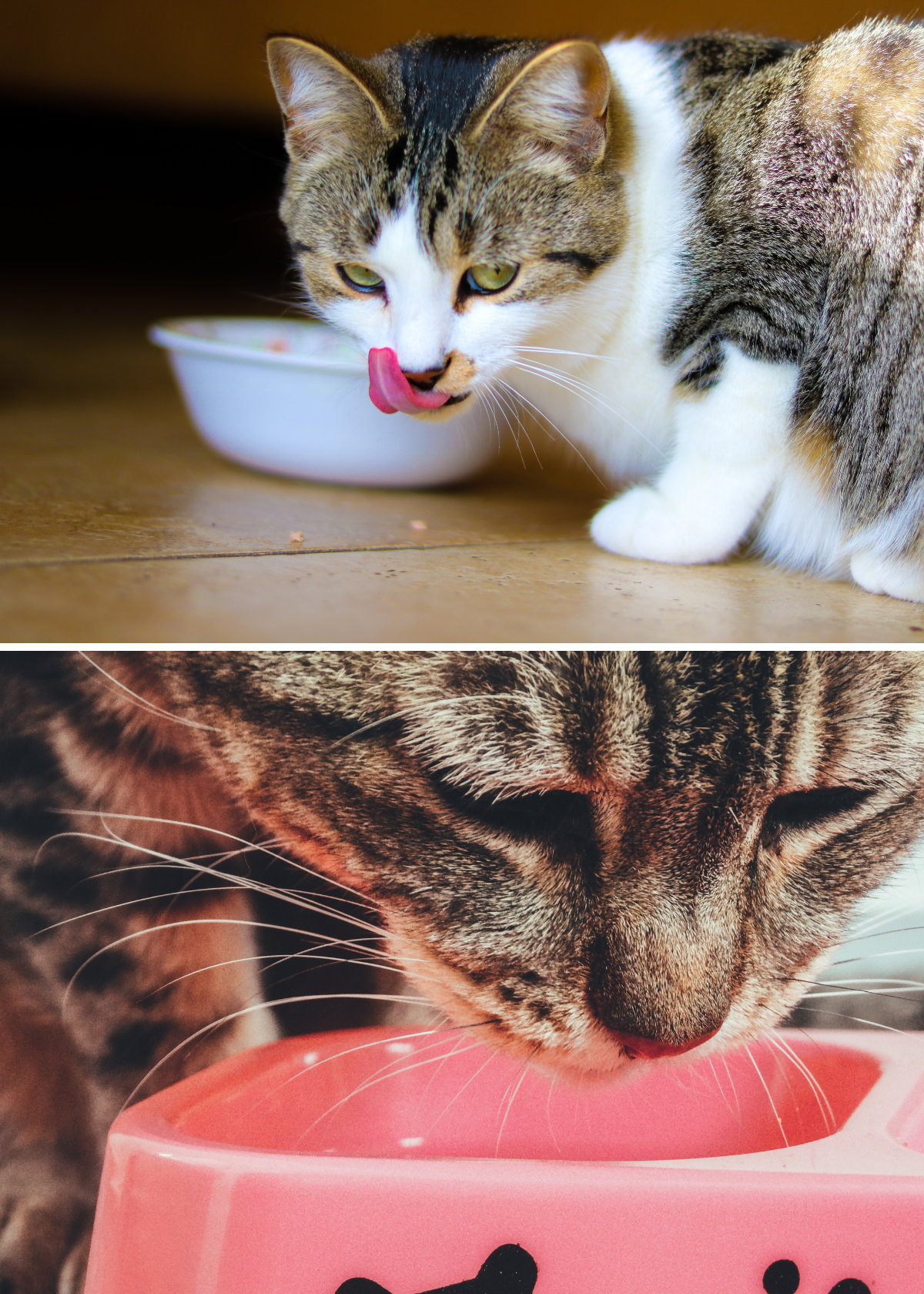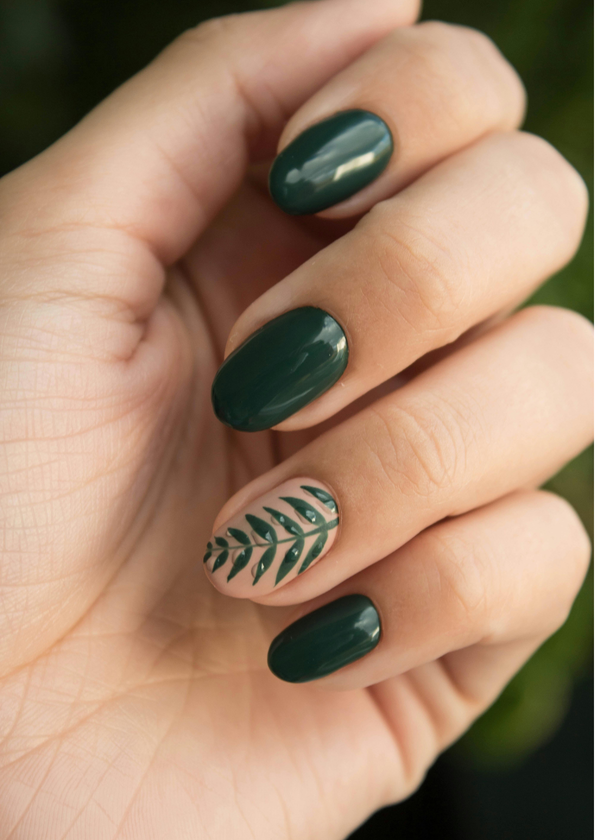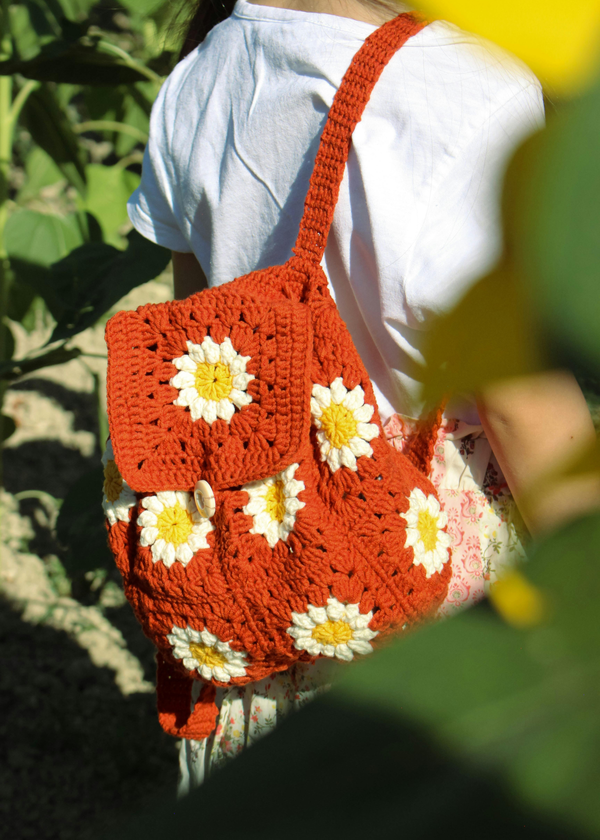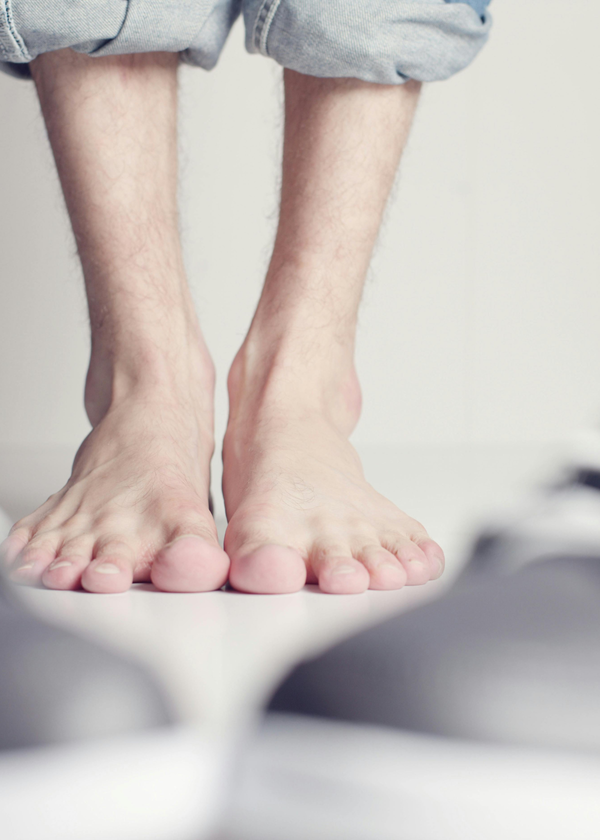As cat owners, we love our feline friends and strive to provide them with the best care possible.
However, our busy lives often demand that we leave our cats alone for extended periods. This can lead to concerns about their well-being, particularly when it comes to their feeding schedule.
In this comprehensive guide, we will explore the question of how long you can safely leave a cat alone with an automatic feeder, taking into account various factors that can influence the duration.
The Basics of Automatic Feeders
1. What Is an Automatic Feeder?
An automatic feeder is a device designed to dispense cat food at predetermined times and in specific portions. These feeders come in various shapes and sizes, from simple gravity-fed models to advanced electronic versions with programmable timers and portion control. They are a valuable tool for cat owners who cannot be present to feed their pets manually.
2. How Do Automatic Feeders Work?
Automatic feeders operate based on programmed settings. Here's a simplified overview of their functionality:
- Programmed Schedule: Cat owners set the feeding schedule on the automatic feeder. This schedule dictates when and how much food will be dispensed.
- Food Storage: The feeder contains a storage compartment for cat food, which is kept fresh and protected from pests.
- Dispensing Mechanism: At the scheduled feeding times, the feeder's dispensing mechanism releases the specified amount of food into the cat's bowl.
- Power Source: Automatic feeders are typically powered by electricity, batteries, or a combination of both. Battery backup ensures uninterrupted feeding even during power outages.
- Portion Control: Some advanced automatic feeders allow precise portion control, ensuring that your cat receives the right amount of food.
Factors That Determine How Long You Can Leave a Cat Alone
The duration for which you can safely leave your cat alone with an automatic feeder depends on several factors. It's essential to consider these factors to ensure your cat's well-being during your absence.
1. Cat's Age and Health
Kittens, elderly cats, and cats with specific health issues may require more frequent meals and attention. Consult with your veterinarian to determine the ideal feeding schedule for your cat's age and condition.
2. Feeding Frequency
How often you feed your cat plays a significant role in determining how long you can leave them alone. Most adult cats are typically fed 1-2 times a day. However, if you have a kitten, they may need more frequent meals.
3. Portion Size
Automatic feeders with portion control features allow you to dispense precise amounts of food. If your cat requires larger portions, the feeder may need to be refilled more frequently.
4. Type of Food
Consider the type of cat food you use. Dry kibble may stay fresh longer than wet food, allowing for longer intervals between feedings. However, cats also require access to fresh water, especially when eating dry food.
5. Water Access
Cats need access to fresh water at all times. If you plan to leave your cat alone for an extended period, ensure they have a reliable source of clean water, either through a separate water dispenser or a pet fountain.
6. Feeder Capacity
The capacity of the automatic feeder's food storage compartment is a critical factor. Larger capacity feeders can hold more food, allowing for longer periods between refills.
Determining the Maximum Alone Time
Now that we've explored the key factors, let's discuss how to calculate the maximum duration you can leave your cat alone with an automatic feeder.
1. Typical Feeding Schedule
For most healthy adult cats, feeding them twice a day is sufficient. This means you can leave them alone for approximately 12 hours between feedings.
2. Advanced Automatic Feeders
If you invest in a high-quality automatic feeder with portion control, you can program it to dispense smaller meals more frequently, extending the time you can be away. Some advanced models can provide up to four meals a day.
3. Special Considerations
For kittens, elderly cats, or cats with specific dietary needs, it's crucial to consult with your veterinarian. They can recommend a suitable feeding schedule and guide you on the maximum time your cat can be left alone.
Tips for Leaving Your Cat Alone
When leaving your cat alone with an automatic feeder, it's essential to ensure their safety, comfort, and well-being. Here are some tips to help you prepare:
1. Test the Feeder
Before your planned absence, test the automatic feeder to ensure it's working correctly. Verify that the scheduled feedings dispense the correct portion size.
2. Leave Clear Instructions
If someone else is caring for your cat while you're away, provide them with clear instructions on how the automatic feeder works, including the feeding schedule and any specific dietary requirements.
3. Monitor Remotely
Many advanced automatic feeders are equipped with remote monitoring capabilities. Use these features to check on your cat's feeding habits and behavior while you're away.
4. Ensure a Safe Environment
Cat-proof your home to prevent accidents. Remove any hazards, secure cords and cables, and ensure your cat's access to their litter box and a comfortable resting place.
Conclusion:
In conclusion, automatic feeders are valuable tools that enable cat owners to provide consistent and reliable care even when they can't be present.
The maximum time you can leave your cat alone with an automatic feeder depends on various factors, including your cat's age, health, feeding frequency, portion size, and the type of food used.
By carefully considering these factors and following best practices, you can ensure your beloved feline companion is well-nourished and content during your absence.
Remember that your cat's well-being should always be a top priority, and consulting with your veterinarian for personalized guidance is highly recommended.








